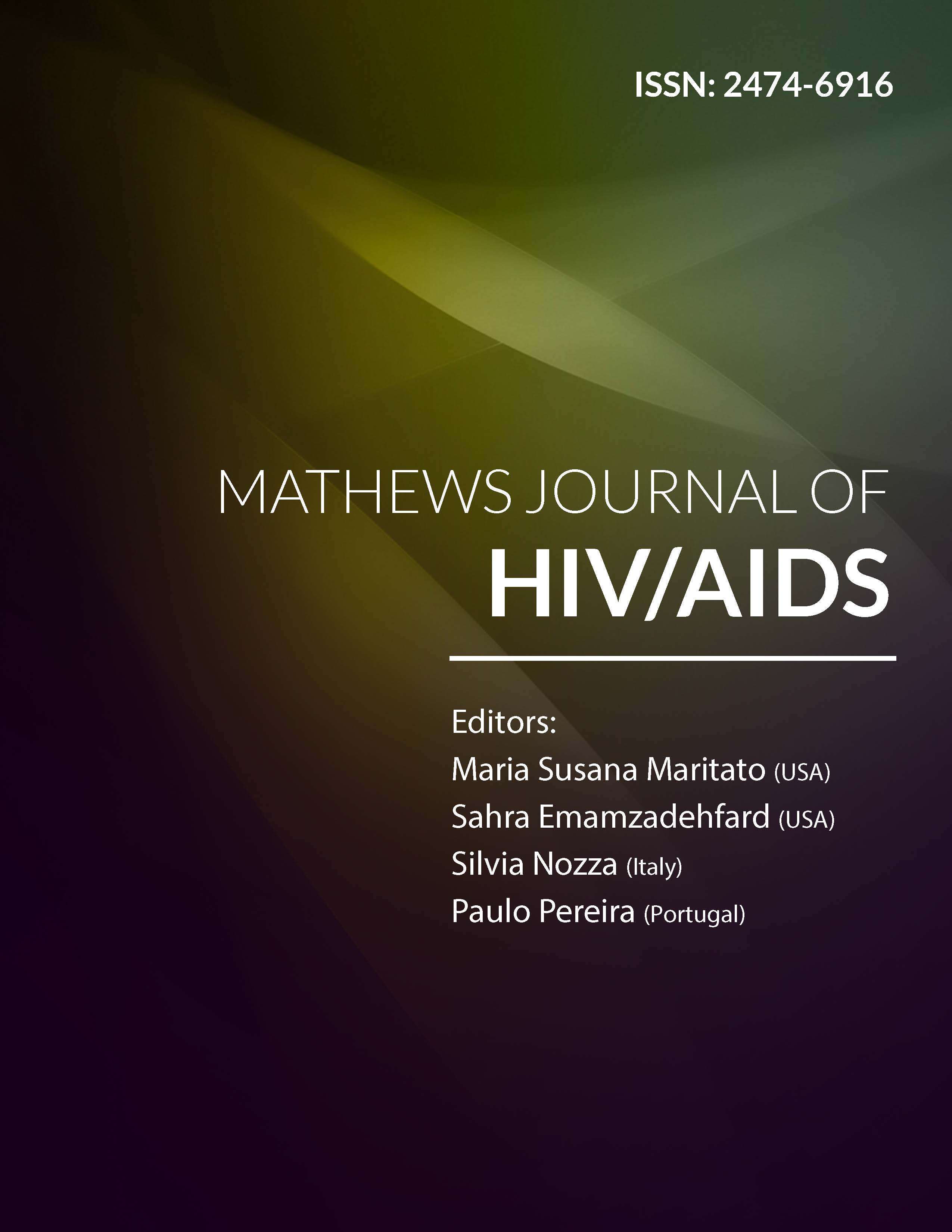
Information Links
Previous Issues Volume 1, Issue 2 - 2016
Human Immunodeficiency Virus Type 1 and Type 2 Co-infection Rate in Kinshasa Patients
Erick Ntambwe Kamangu1
1Service of Molecular Biology, Department of Basic Sciences, Faculty of Medicine, University of Kinshasa(UNIKIN), Kinshasa- Democratic Republic of Congo.
Corresponding Author: Erick Ntambwe Kamangu, Service of Molecular Biology, Department of Basic Sciences, Faculty of Medicine, University of Kinshasa (UNIKIN), Kinshasa-Democratic Republic of Congo, Tel: +243 (0) 81 54 01;
E-Mail: [email protected]
Received Date: 26 Jul 2016
Accepted Date: 18 Aug 2016
Published Date: 20 Aug 2016
Copyright © 2016 Kamangu EN
Citation: Kamangu EN. (2016). Human Immunodeficiency Virus Type 1 and Type 2 Co-infection Rate in Kinshasa Patients. Mathews J HIV AIDS. 1(1): 009.
ABSTRACT
Background:
Although the two types of HIV essentially cause AIDS; there are major differences between them in terms of phylogeny, pathology, virulence, evolution, transmission, infectivity and epidemiology.
Objective:
The objective of this study was to determine the rate of HIV-1 and HIV-2 co-infection in people infected with HIV in Kinshasa.
Methodology:
A cross-sectional study performed on 115 randomly selected plasma samples in the archived plasma samples of patients infected with HIV-1. 140µl were used for the extraction of RNA from plasma using the kit QIAamp® RNA Mini Kit in the Molecular Biology Laboratory. A final eluate of 60µl was collected. Different qualitative real-time PCR were performed on all 115 samples to determine HIV-1 and HIV-2 infection.
Results:
113 samples were positive for HIV-1. Four samples of these positive samples also tested positive for HIV-2 giving a rate of HIV-1 and HIV-2 coinfection of 3.54%.
Conclusion:
The rate of coinfection HIV-1 and HIV-2 is 3.54% for Kinshasa. This coinfection questions the notions of HIV-2 for the city and even for the Democratic Republic of Congo.
Coinfection; HIV-1; HIV-2; Kinshasa.